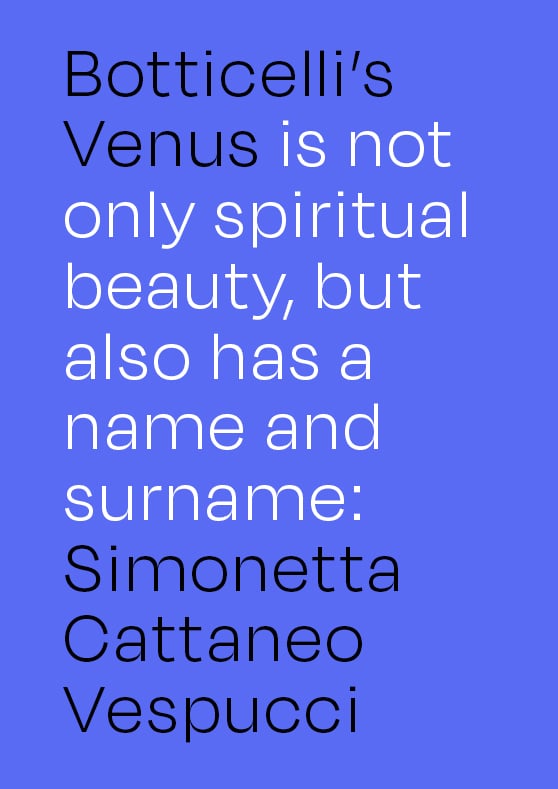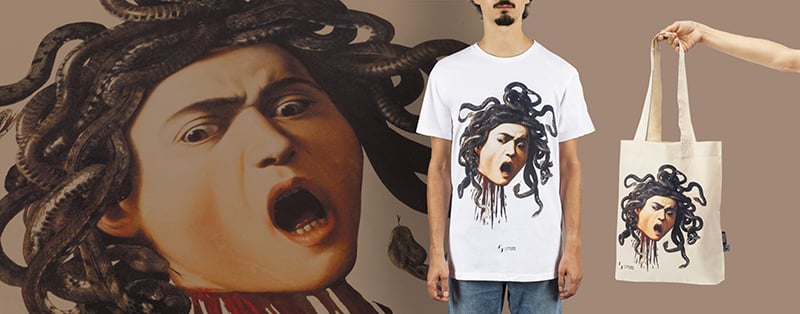Our articles
Featured
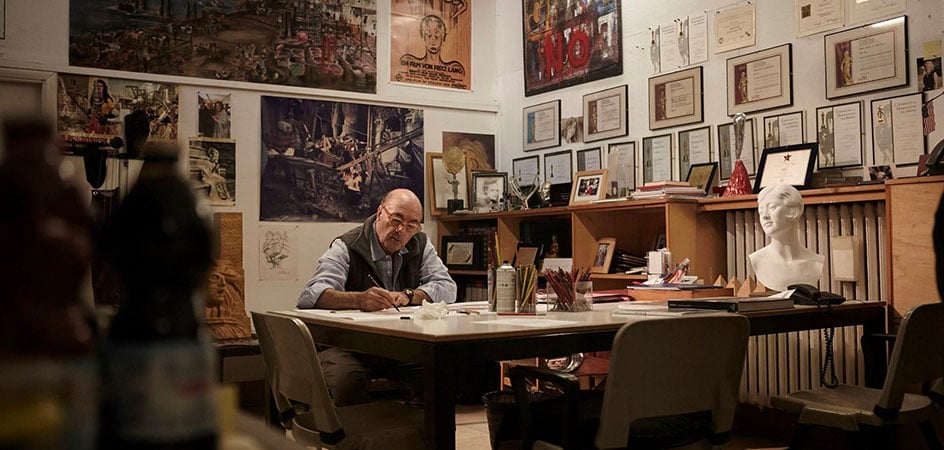
Dante Ferretti, the architect of dreams between cinema, set design and Fellinian visions
A curious recurrence happily marks Italian culture: the presence of at least two Dantes among the most significant figures of its past and present. The Divine Poet, author of the celebrated Commedia; and Dante Ferretti, an award-winning set and costume designer who has worked alongside directors such as Pier Paolo Pasolini, Federico Fellini, Terry Gilliam and Martin Scorsese. Let’s retrace the key moments of his career and revisit, as if in an art-house screening, some of the most iconic titles signed by this “living legend” of world cinema.
BeCulture facilitates and accompanies travellers, art enthusiasts and the curious in visiting cities, museums and cultural institutions.
NEWSLETTER
Designed as a space for travelers and art and culture enthusiasts, BeCulture accompanies visitors before, during and after the visit.
In-depth information and thematic itineraries, tickets and our wide selection of books, official guides and certified and sustainable merchandise.
Latest articles

What is BeCulture?
BeCulture is the platform dedicated to culture, created to accompany and facilitate travellers, art enthusiasts and the curious in visiting cities, museums and cultural institutions. Through in-depth information and thematic routes, you can create a customised visit built around your interests. A unique and secure purchase that includes tickets, publishing and official and certified merchandise. AVOID THE
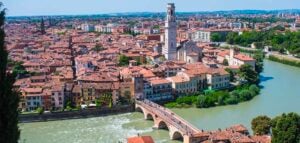
Discovering Verona: what to see among art, history, and museums
Verona is not just the Arena and Juliet’s House: behind its most iconic landmarks lies a city capable of charming visitors in countless other ways. Strolling through its cobbled streets and lesser-known corners, you’ll encounter places rich in history and fascination —unmissable stops for any first-time visitor. Let’s explore some of its most remarkable attractions, masterpieces of art, architectural treasures, and unique atmospheres.
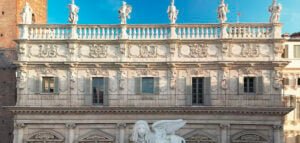
From the historical Avant-Gardes to the Trecento: the story of Palazzo Maffei
Majestic and elegant, Palazzo Maffei stands like a theatrical backdrop at the end of the enchanting Piazza delle Erbe, in the heart of Verona. Its 17th-century façade, animated by lively Baroque decorations, introduces interiors filled with the treasures of Luigi Carlon’s collection. An entrepreneur and passionate collector, Carlon has transformed the ancient Maffei residence into a true contemporary Wunderkammer, where the ancient and the modern meet, revealing unexpected and evocative connections.

The art of miniature painting between the Middle Ages and the Renaissance: techniques, history and masterpieces
Long – and wrongly – regarded as a “minor art”, miniature painting is one of the most refined and exquisite artistic expressions of ancient, medieval and Renaissance Europe. Less known to the general public than its “major sisters” (painting, sculpture and architecture), it is a precious testimony to the skill of its creators, the changes in taste across the ages, and the role that the written word has played in past history.
Let us therefore draw closer – metaphorically and not only – to the art of miniature painting and to some of its most celebrated examples, to better appreciate its style and evolution.
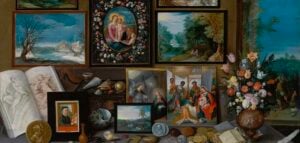
Wunderkammer: cabinets of curiosities between collecting, art and science
Wunderkammer, cabinets de curiosités, chambers of wonders: from the late Renaissance onwards, this is how domestic spaces devoted to the gathering and display of natural specimens, artefacts and curious objects came to be known. Mysterious and fascinating places, they expressed a unique form of scientific collecting, from which today’s natural history museums derive, while also inspiring later artistic movements such as twentieth-century Surrealism.

What to see at the Museo Galileo: a journey through science, curiosity and inventions
Renamed Museo Galileo in 2010, the historic Institute of the History of Science of the University of Florence is dedicated to the material testimonies of Italian science and was the first of its kind in Italy. The collection – among the most important in the world – also includes instruments owned and devised by Galileo Galilei: the celebrated physicist and astronomer who, in the early seventeenth century, supported the Copernican heliocentric theory in opposition to the Church’s geocentric vision. Accused of heresy, Galilei was forced to recant, but his discoveries were later confirmed, and today, in the museum dedicated to him, we can admire some of the objects that contributed to modern science.
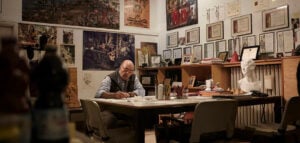
Dante Ferretti, the architect of dreams between cinema, set design and Fellinian visions
A curious recurrence happily marks Italian culture: the presence of at least two Dantes among the most significant figures of its past and present. The Divine Poet, author of the celebrated Commedia; and Dante Ferretti, an award-winning set and costume designer who has worked alongside directors such as Pier Paolo Pasolini, Federico Fellini, Terry Gilliam and Martin Scorsese. Let’s retrace the key moments of his career and revisit, as if in an art-house screening, some of the most iconic titles signed by this “living legend” of world cinema.

Discovering Verona: what to see among art, history, and museums
Verona is not just the Arena and Juliet’s House: behind its most iconic landmarks lies a city capable of charming visitors in countless other ways. Strolling through its cobbled streets and lesser-known corners, you’ll encounter places rich in history and fascination —unmissable stops for any first-time visitor. Let’s explore some of its most remarkable attractions, masterpieces of art, architectural treasures, and unique atmospheres.

From the historical Avant-Gardes to the Trecento: the story of Palazzo Maffei
Majestic and elegant, Palazzo Maffei stands like a theatrical backdrop at the end of the enchanting Piazza delle Erbe, in the heart of Verona. Its 17th-century façade, animated by lively Baroque decorations, introduces interiors filled with the treasures of Luigi Carlon’s collection. An entrepreneur and passionate collector, Carlon has transformed the ancient Maffei residence into a true contemporary Wunderkammer, where the ancient and the modern meet, revealing unexpected and evocative connections.

The art of miniature painting between the Middle Ages and the Renaissance: techniques, history and masterpieces
Long – and wrongly – regarded as a “minor art”, miniature painting is one of the most refined and exquisite artistic expressions of ancient, medieval and Renaissance Europe. Less known to the general public than its “major sisters” (painting, sculpture and architecture), it is a precious testimony to the skill of its creators, the changes in taste across the ages, and the role that the written word has played in past history.
Let us therefore draw closer – metaphorically and not only – to the art of miniature painting and to some of its most celebrated examples, to better appreciate its style and evolution.

Wunderkammer: cabinets of curiosities between collecting, art and science
Wunderkammer, cabinets de curiosités, chambers of wonders: from the late Renaissance onwards, this is how domestic spaces devoted to the gathering and display of natural specimens, artefacts and curious objects came to be known. Mysterious and fascinating places, they expressed a unique form of scientific collecting, from which today’s natural history museums derive, while also inspiring later artistic movements such as twentieth-century Surrealism.

What to see at the Museo Galileo: a journey through science, curiosity and inventions
Renamed Museo Galileo in 2010, the historic Institute of the History of Science of the University of Florence is dedicated to the material testimonies of Italian science and was the first of its kind in Italy. The collection – among the most important in the world – also includes instruments owned and devised by Galileo Galilei: the celebrated physicist and astronomer who, in the early seventeenth century, supported the Copernican heliocentric theory in opposition to the Church’s geocentric vision. Accused of heresy, Galilei was forced to recant, but his discoveries were later confirmed, and today, in the museum dedicated to him, we can admire some of the objects that contributed to modern science.


